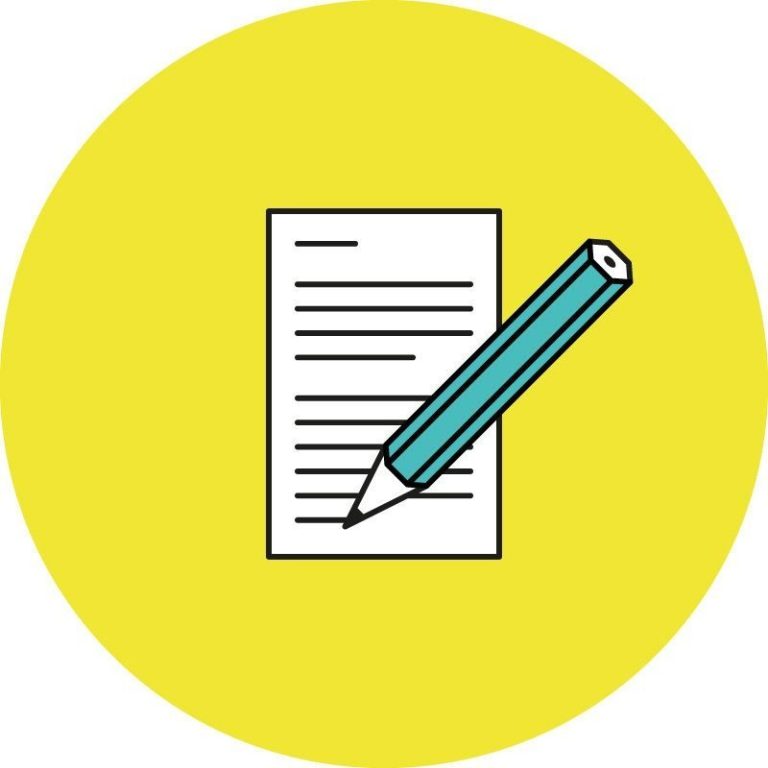
Blog
Kinesiology tape can have an immediate effect on hamstring flexibility. By Shani
by rocktapedan | Aug 20, 2024 | General | 0 comments
A study from 2023 found that the application of kinesiology tape to the hamstring muscles of healthy, young females could significantly improve the extensibility of the hamstrings within a very short time period.
This study had 96 participants with mild hamstring tightness, divided equally into three groups: a longitudinal “correct” kinesiology taping application, a sham horizontal kinesiology tape application, and a control group with no taping. Each group of 32 subjects performed the same protocol:
- Walking warm up on a treadmill for 5 minutes
- Hamstring flexibility measured, along with a measure of hamstrings and quadriceps strength
- Completing their assigned intervention
- 10 minutes rest
- Five more minutes walking on the treadmill at the same speed that they did in the warm up
- Final hamstring flexibility test and muscle strength tests performed
It is worth noting that regardless of the intervention assigned at Step 3, each participant was held in a hamstring stretch position for 15 seconds to enable tape to be applied for those in taping groups, or even if they were the control subjects with no taping.
The study authors found that those in the longitudinal/”correct” kinesiology tape group had a significantly increased hamstring flexibility score in the final test compared with the pre taping test. There was no significant change in hamstring flexibility in the sham taping group or the control group. Not surprisingly, there was no change in the strength tests for the hamstrings and quadriceps. This is consistent with other research findings that typically do not see changes in strength with taping applications unless there is something to compromise the muscle function, such as a fatiguing protocol, between the first test and the subsequent test. In this study there was no such protocol so the muscle was not compromised in any way between tests.
This study concurs with similar findings found by Farquharson & Greig from 2015. In that study, the authors compared static stretching, PNF stretching and kinesiology tape application. The PNF stretching had the quickest improvement in hamstring flexibility but approximately 20-25 minutes later those initial gains had halved, whereas the kinesiology taping group had improved in their flexibility over that time. In this current study, the participants had 15 minutes between tests: 10 minutes of rest and 5 minutes of walking on the treadmill. The findings from these two studies would indicate that hamstring flexibility may improve within 15-25 minutes of the tape being applied. Such a finding could have significant implications for those that have hamstring tightness, and may be a great adjunct to stretching, soft tissue work and other flexibility-improvement modalities. Of course, in isolation without exercises to lock in the changes, these gains may well be lost on removal of the tape. And granting somebody an extra 10 to 15° of flexibility without training their nervous system to deal with this range increase could very well set them up for failure.
The exact physiological mechanism behind these gains is not necessarily well understood. One theory is that the decompression of the superficial tissues may improve the ability of these superficial layers to slide and glide over one another, leading to gains in range of movement, whereas other people may argue that the change is largely driven by the neurology. That is, changing the inputs to the nervous system by having a piece of tape on the skin may make the nervous system feel somewhat safer and therefore dampen its protective mechanisms, of which the feeling of stretch can be one. However, whilst the academics may argue about the reasons behind such an increase in flexibility, the clinicians amongst us can trial this type of application with our clients immediately. We may find that some clients are responsive to this intervention and it can be used in conjunction with other therapies and exercises.
Albeshri, Z.S. & Youseff, E.F., (2023). The immediate effect of Kinesio Tape on hamstring muscle length and strength in female university students: a pre–post experimental study. Saudi Journal of Medicine & Medical Sciences 11, 73-80.
Farquharson, C., & Greig, M., (2015). Temporal efficacy of kinesiology tape vs traditional stretching methods on hamstring extensibility. International Journal of Sports Physical Therapy Vol 10 No. 1 45-51.L

Yoga for anxiety / Yoga for Men
The feeling of calm is the main reason why yoga gained such popularity in the Western world. The need to run away from everyday stress, to regain our balance in body and mind. Yoga is a path of calm and self-care – things that do not really tune in with a traditional image of man’s role in society. It is true that a lot of men come to a yoga class and leave angry, with no intention of coming back. Why? Two general reasons can explain it. First is biological, as male bodies display a tendency to be stiffer, and second is psychological because men are taught to be more competitive. A result is an average man coming to a yoga class where he is surrounded by more flexible (and more advanced) female practitioners, he realises things are not going as he imagined, he tries to speed up the pace, loses the rhythm and gets angry at the whole process.
I have a few regular male clients with anxiety in yoga classes, and practising yoga is an excellent way to combat that. Men asking for help with their mental health is extremely encouraging, especially when looking at recent statistics on men’s suicide rates and the importance of mental health among younger men. It shows that maybe we are slowly moving away from this firmly set image of a stoic and competitive man who never talks about his pain. Best results come in smaller all-male groups, usually friends. Away from flexible women, the rhythm of the class can be adapted to their needs.
Probably the most powerful tool in fighting anxiety is our breath. If you are struggling with stress and feeling of anxiety during your busy day, a simple exercise of breath counting can be of great help. Just focus on your breathing and count breaths from one to ten and then start over. Don’t try to forcibly calm your breathing, it will come on its own. And one of my favourite breathing exercises is breathing into different parts of the body. I know it maybe sounds silly, but it becomes very intuitive as soon as you start. So just take a deep breath and focus on your body, find places where you feel tense. When you located them just imagine your breath going to these places when you breathe in and feel the tension slowly going away with breathing out. Remember, physical exercise is one of the best weapons against anxiety, and if you need help – don’t be too proud to look for it!
